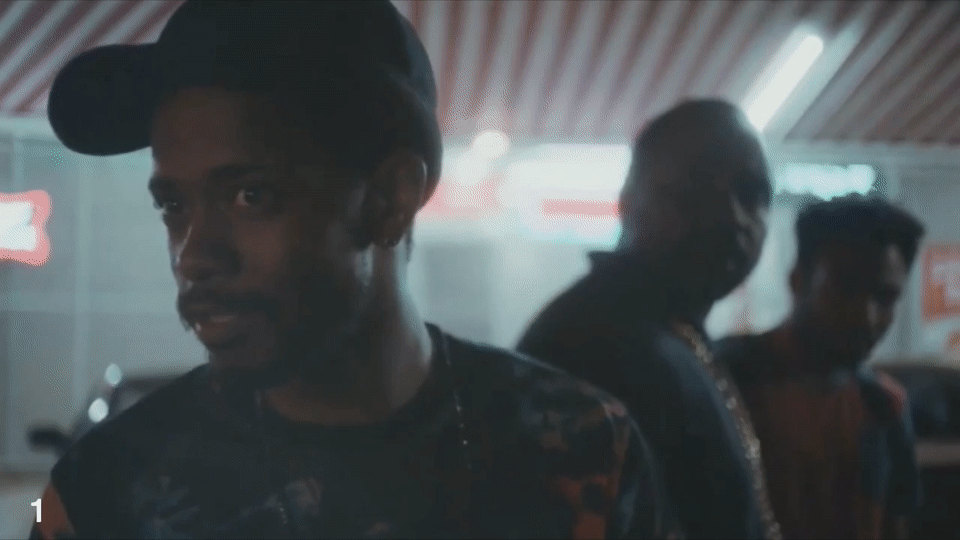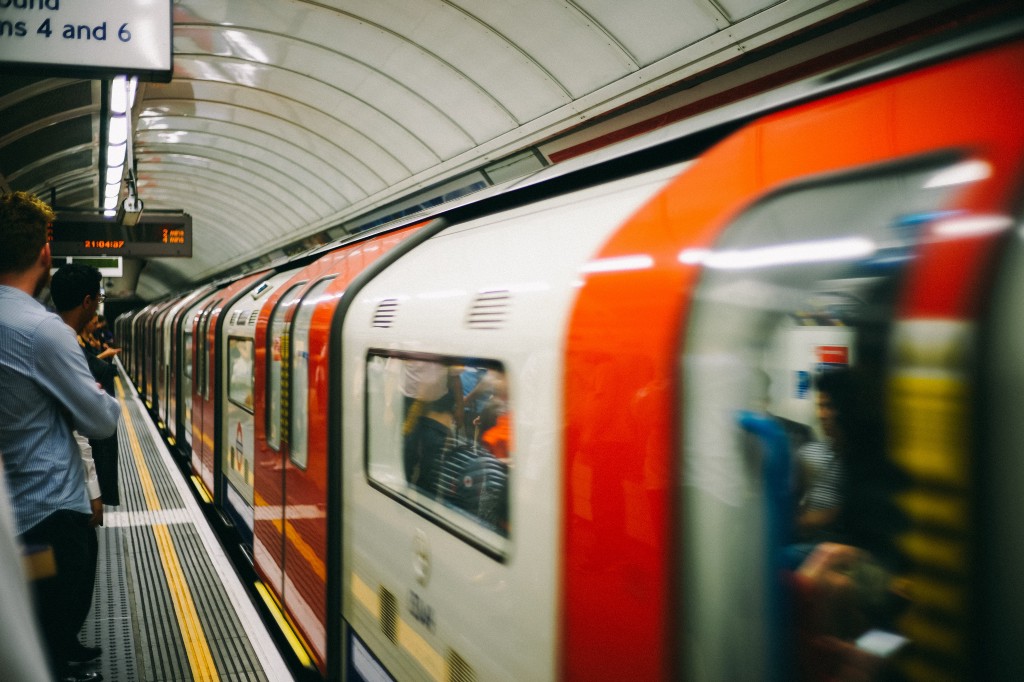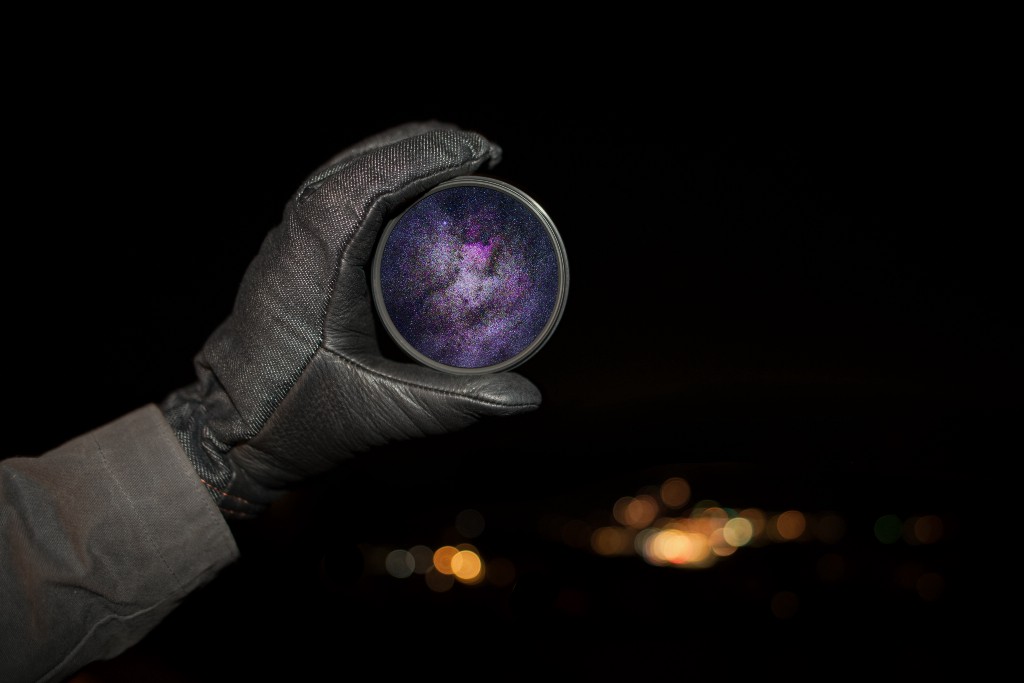Why Scientists Are Trying To Give People Déjà Vu On Purpose
Déjà vu is a trip most of us have experienced. But what exactly is it?
After a stranger kicks his rear-view mirror off in the first episode of FX’s new series “Atlanta,” rapper Paper Boi Miles (Brian Tyree Henry) leaps out of his car, ready to start shooting. “Earn” Marks (played by series creator Donald Glover) tries to defuse the situation. Suddenly, Paper Boi’s clearly stoned friend Darius (Keith Stanfield) interrupts the impending shootout, exclaiming, “Hold on man, I’m getting crazy déjà vu. Okay, where’s that dog with the Texas on him?” The camera duly cuts to a dog standing alert on the street corner. “That’s a trip, man,” whispers Darius.

Déjà vu is a trip most of us have experienced. But what exactly is it?
“Déjà vu is the striking sense that the present situation feels familiar, alongside the realization that it has to be new,” says Anne M. Cleary, a psychologist at Colorado State University in Fort Collins. “Most commonly, déjà vu occurs with places — people experience a feeling of having been somewhere before, despite knowing that they have never been there.”
Science has been trying to explain déjà vu for more than a century. Early studies of people with epilepsy first logged the experience, and further research determined that patients who reported the phenomenon suffered from seizures originating in the medial temporal lobe, a part of the brain that deals with memory. That led scientists to agree that déjà vu was a malfunction in memory, even in healthy people.

Most researchers agree younger people are more likely to have déjà vu, and that it’s more common in people who travel a lot, suggesting it may also be related to mapping functions in the brain.
But exactly why it occurs remains unknown. That’s why researchers are trying to recreate the experience in the laboratory.
Working off the idea that déjà vu is related to location, Cleary’s 2012 experiment harnessed virtual reality (VR) technology. She used the video game “The Sims” to create 128 environments, comprising a village she called “Déjà ville.” Cleary separated the spaces into pairs, which appeared different but shared the exact same spatial layout. In a museum, there might be a statue in the center of the space. In a courtyard, that statue might be replaced with a potted plant. Subjects donned a VR visor and visited the two environments. Cleary’s report on her experiment says it successfully triggered déjà vu.
“When a new immersive VR scene resembled a previously-viewed scene in its configuration but people failed to recall the previously-viewed scene, familiarity ratings and reports of déjà vu were indeed higher than for completely novel scenes.” — Anne M. Cleary
Cleary believes understanding how déjà vu works could help people with memory problems, since her experiments show subjects can have some sense of their memories even when they can’t retrieve a specific one. Learning more about déjà vu could also help people with healthy memories: In an interview with Scientific American, she referred to the book “The Girl With the Dragon Tattoo.” While investigating a crime, reporter Mikael Blomkvist pores over an album of photos again and again, trying to pinpoint what’s familiar about them. She says this is an example of how déjà vu can be triggered by something other than a location.

Instead of spaces, research presented at the International Conference on Memory in July 2016 focused on how words can trigger déjà vu. Dr. Akira O’Connor of the University of St Andrews used a common trick to create false memories: Read a person a list of words centered on a theme, such as sleep — bed, tired, peace, etc. — but don’t read the word that links them all together, the word “sleep” itself. Subjects were asked if they’d been read any words starting with letter “s,” and said no. They were later asked if they had heard the word “sleep.” When they said yes, they were aware the memory was impossible, and that conflict created a confusing sense of déjà vu.
O’Connor used an fMRI machine to scan the subject’s brains who had déjà vu and discovered something remarkable: The areas of the brain that were activated weren’t those involved in memory, but in decision making. This led O’Connor to conclude that déjà vu was not in fact a glitch in our memory banks, but our brains processing a memory conflict.

By creating such conflicts, O’Connor says he was able to trigger a closer analogue to déjà vu than the simple familiarity Cleary’s experiments generated. However, he readily acknowledges that Cleary’s immersive VR environments are much more akin to what people report in the real world.
“A really important aspect of what Anne does is that she uses immersive environments. My approaches have so far been very piecemeal. Déjà vu is almost never reported as restricted to single words, but that is what I have been focusing on. Anne’s work to generate it for entire scenes is much more akin to what people report in the real world.” — Dr. Akira O’Connor
O’Connor says if déjà vu is not an error, but rather the spotting and correction of an error, it makes sense we should experience it less as we age. But he’s still not sure why our brains come equipped with this feature.
“I don’t think there is any evolutionary advantage to déjà vu other than the fact that it is a marker of an organism that has self-awareness and attempts to reconcile various conflicting sources of information into a coherent whole.” — Dr. Akira O’Connor
In any case, O’Connor balks at media reports suggesting he’s solved the mystery of déjà vu once and for all. To better understand how it functions, he says researchers must work harder to create a laboratory version of that “trip” we experience, whether through Darius on television, or in the real world.
